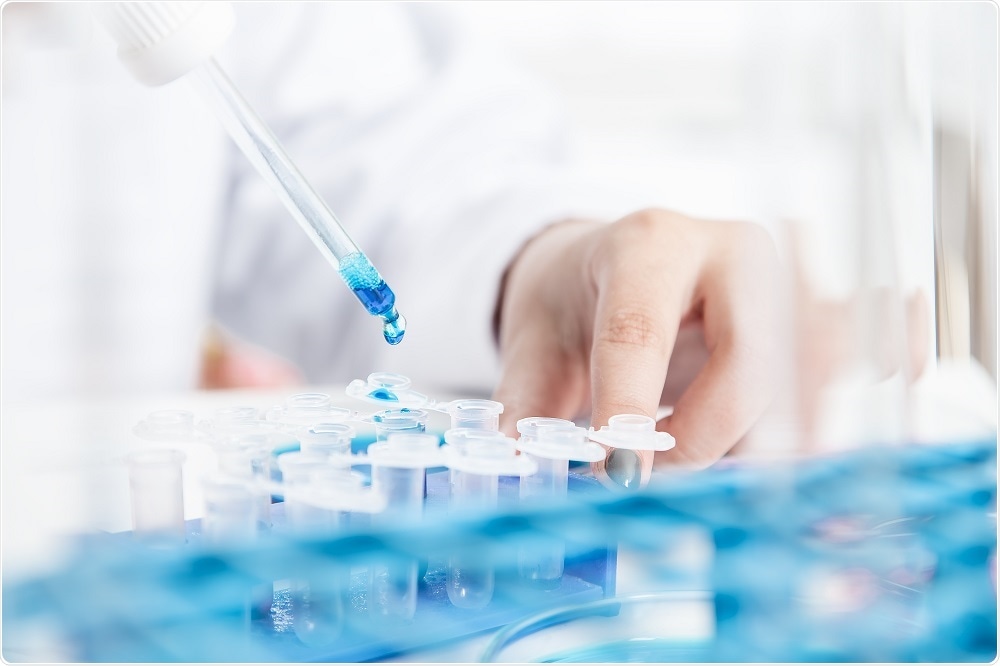Exosomes are extracellular vesicles that are believed to play a role in communication between cells by transporting materials inside the vesicle.

Credit: Alex_Traksel/Shutterstock.com
Exosomes are released from cells upon fusion with an intermediate endocytic compartment, or a multivesicular body (MVB). When the MVB fuses with the plasma membrane surrounding the cell, intraluminal vesicles are released into the extracellular matrix and become exosomes.
Exosomes form inside cells when endocytic compartments bud inward, creating endosomes that contain smaller vesicles. These multivesicular bodies (MVBs) fuse with the plasma membrane, releasing the internal vesicles, which become exosomes, into the extracellular space.
Other types of vesicles found outside of cells include apoptotic bodies and ectosomes. These are different types of vesicles distinct from exosomes.
Purification
Exosomes can be isolated from cells using typical methods for purifying cell fractions. The challenge in isolating vesicles is differentiating them from other types of membrane material in the cell culture supernatant.
This is done through successive steps of centrifugation at increasing speeds. The final supernatant is ultracentrifuged at 100,000g to pellet the exosomes. This is then washed to remove contaminating proteins and centrifuged at high speed one more time.
However, that type of preparation is more an enrichment of the sample than a purification. Further analysis of the sample through biochemistry or microscopy is still required to characterize the vesicles.
Characterization
In addition to exosomes, the extracellular milieu contains extracellular RNA, other types of vesicles, protein complexes, and lipoproteins. These are not fully separated from exosomes through the centrifugation protocol. There are also commercial kits available to isolate exosomes that make use of polymers, but these kits tend to co-isolate other molecules, particularly RNA-protein complexes.
The Executive Committee of the International Society for Extracellular Vesicles (ISEV) proposed criteria for characterizing exosomes to aid in consisting reporting of experimental results.
The criteria are that all exosome samples must adhere to are given below:
- Be isolated from extracellular fluids like cell culture medium or body fluids. The collection should be gentle to minimize cell wall disruption that could contaminate the sample with intracellular compartments.
- Have an overview of protein composition included in its description. The amount of 3 or more relevant proteins should be reported in a semi-quantitative manner in any exosome preparation.
- Have levels of proteins not expected to be enriched to determine the extent of co-isolation of intracellular vesicles.
- Have single vesicles characterized as an indication of heterogeneity.
- Have a quantitative analysis of dose-function relationships in the case that in vitro functional studies are carried out.
- Have demonstration of association of molecules with the exosome, in the case that functional changes are ascribed to single molecules or clusters of molecules.
Study of exosomes is a rich area of research due to the large number of unanswered questions, including exactly how they are formed, what their functions are, how they communicate with acceptor cells, and their role in various diseases.
Consistent methods for isolating and characterizing exosomes and distinguishing them from other types of extracellular and intracellular vesicles are needed to enable these advances.
Exosome Isolation
Further Reading